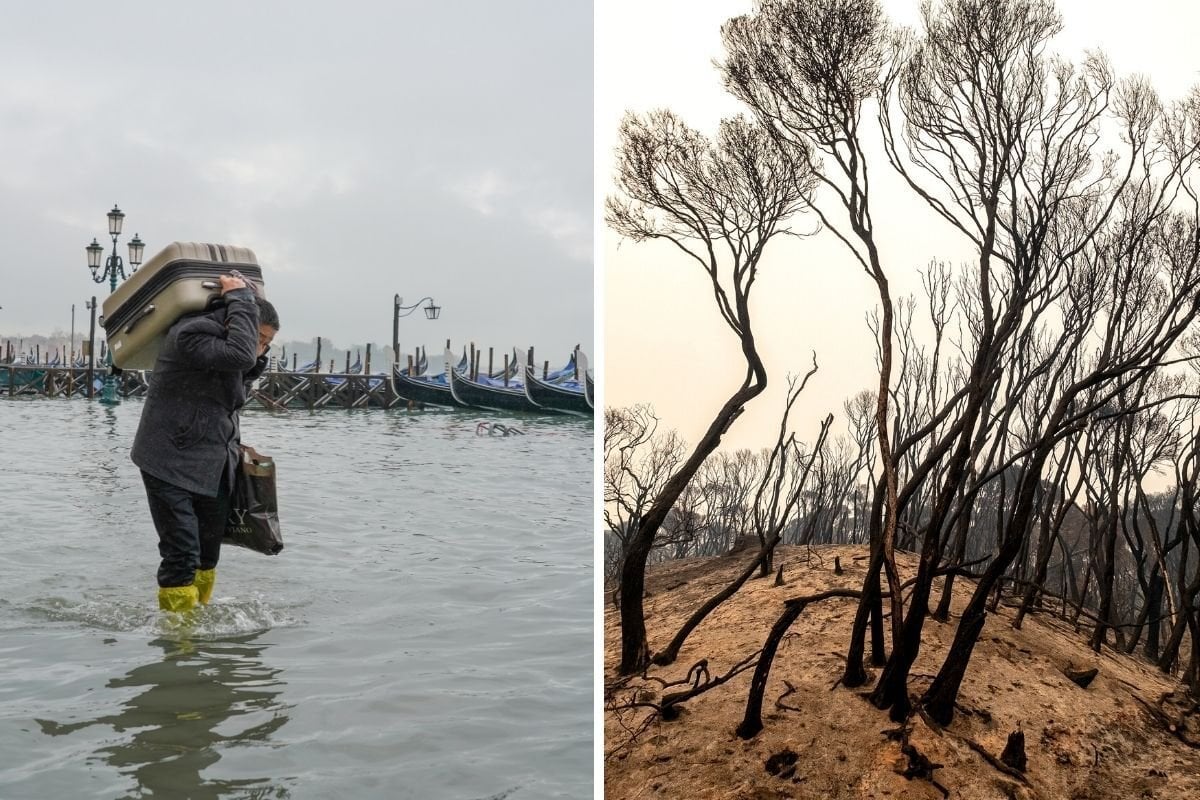
In 1928 an invention first produced in Germany quickly became commonplace across the world.
Chlorinated fluorocarbons (CFCs) were used in everything over the next few decades. Think things like polystyrene cups, refrigerators, and aerosol sprays.
Little did we know at the time, but those CFCs were burning a hole in the Earth's ozone layer. It wasn't until the 70s that we finally cottoned on.
You see, the ozone layer is like the Earth's sunscreen. It blocks about 99 percent of UV radiation.
So you know how it takes you a good 20 minutes to get a touch of pink in the sun? Yeah, we're talking sunburnt in seconds.
But it was worse than that.
In the 1970s, scientists realised that the ozone layer was being depleted by the growing use of chlorofluorocarbons (CFCs).
— The Conversation (@ConversationUK) August 18, 2021
Thanks to the Montreal Protocol, the world phased out CFCs.
A team of experts simulated two worlds - one without the Protocol ⬇️ 🧵 pic.twitter.com/DBPQ0l5weE



Top Comments